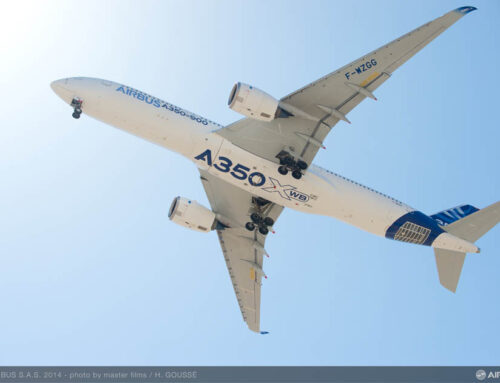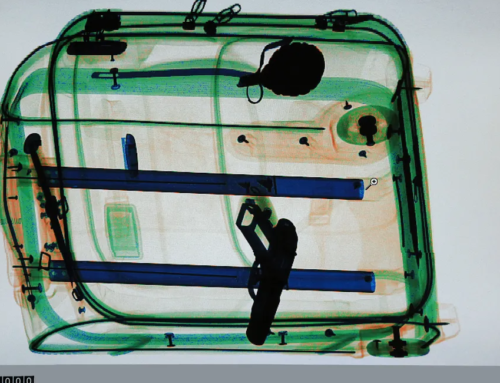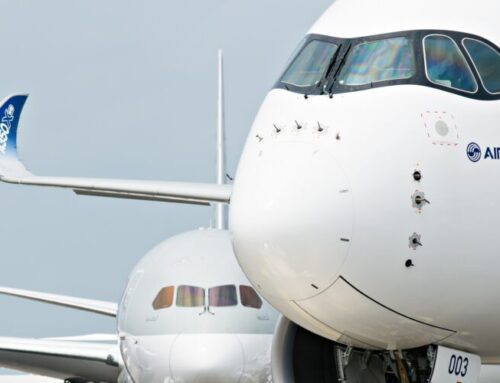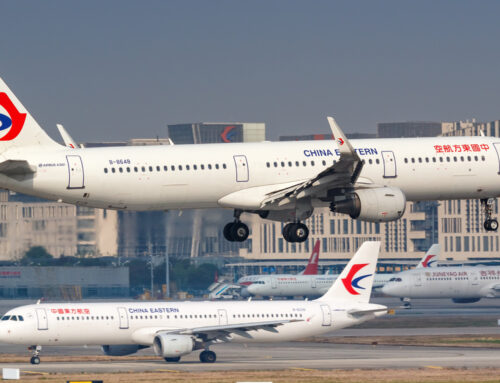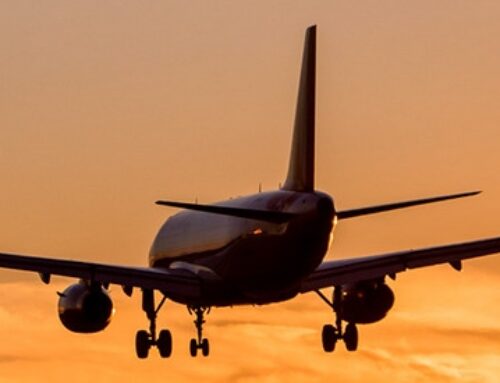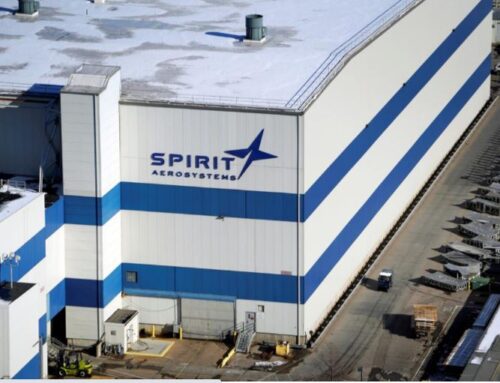
The European Union Aviation Safety Agency (EASA) has now extended its wing inspection directive, initially covering the Airbus A320ceo family, to encompass the A320neo family. This new directive, replacing the earlier one, mandates inspections in specific wing areas for signs of fatigue cracking. If any cracks are detected, airlines must immediately consult Airbus for approved repair instructions. The directive outlines particular measures for Airbus A321neo aircraft.
EASA’s revised airworthiness directive (AD) now includes thorough inspections of the left-hand and right-hand wings on all Airbus A320ceo and A321neo family aircraft equipped with Sharklets.
Originally, the directive focused only on inspecting wing manhole access panel attachment holes in the bottom wing skin panels 2, between Ribs 13 and 23, on the A319ceo, A320ceo, and A321ceo models. This directive was updated by the European regulator on January 25, 2024.
Inspection Scope for A320ceo and A320neo Wings
EASA notes that fatigue cracking may occur in the specified wing areas if the aircraft are fitted with Sharklets. While all Airbus A320neo family aircraft are manufactured with these modifications, some A320ceo family aircraft were originally built with wingtip fences. The Sharklet retrofit program for these older models began in 2013.
EASA warns that undetected and uncorrected conditions could lead to crack development, potentially compromising the wings’ structural integrity.
In response to initial findings, Airbus issued Airbus Alert Operator Transmission (AOT) A57N018-21, providing guidelines for visual inspection. This was followed by EASA’s AD 2021-0256 in November 2021, requiring repeated detailed visual inspections (DET) as per the AD’s guidelines.
Subsequent investigations indicated the need to extend these inspections to all Airbus A320 models, including the A319neo, A320neo, and A321neo. Airbus released AOT A57N018-21 Revision (Rev.) 01 with updated Structural Repair Manual (SRM) tasks. EASA noted that the previous SRM tasks were insufficient for the A321neo, leading to the issuance of the latest AD on January 25, effective from February 8, 2024.
Group Definitions and Inspection Protocols
EASA categorizes aircraft into Group 1 (those post-modification or post-Service Bulletin with Sharklets) and Group 2 (all others). The new directive sets specific thresholds for Group 1 aircraft DETs, based on the MOD/SB configuration. Airlines must contact Airbus for repair instructions before the next flight if cracks are found. Inspections completed before the directive’s effective date are considered compliant.
Airlines are also required to report DET results to Airbus. The directive specifies actions for Airbus A321neo aircraft, with a five-month deadline from the directive’s issue date to contact Airbus for repair instructions.
Additionally, EASA mandates post-repair inspections within specified flight hour (FH) or flight cycle (FC) thresholds. For A320ceo family aircraft transitioning from wingtip fences to Sharklets, the directive’s requirements become applicable from the AD’s effective date.
Sources: AirGuide Business airguide.info, bing.com, EASA

